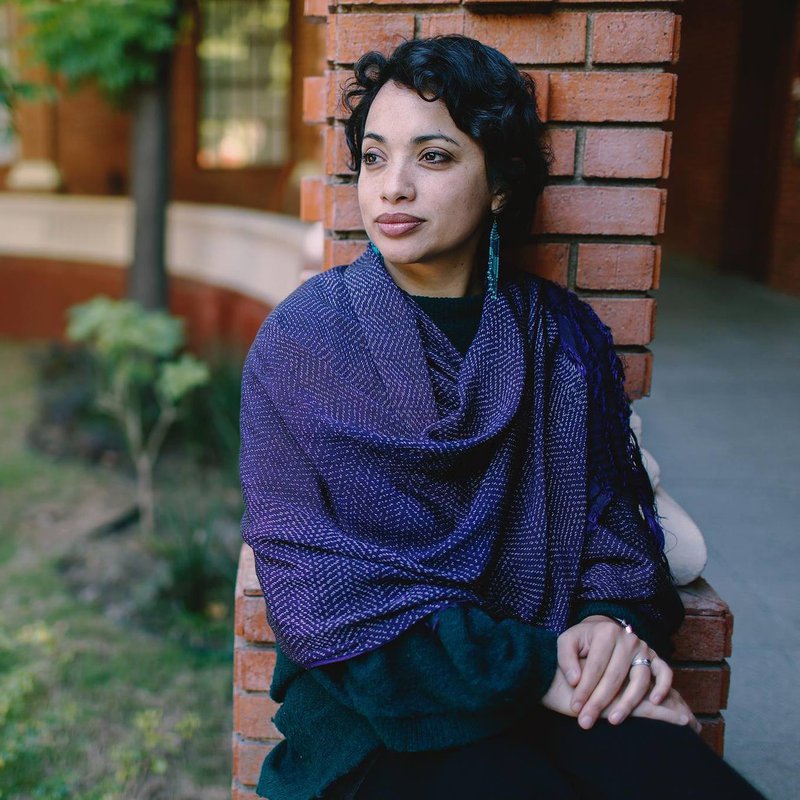Amanda de la Garza

This year’s CIMAM Conference was guided by a crucial question for art nowadays: “Is the museum still a place for public debate?” Keynote speaker Patricia Felguières discussed such problem from a historical vantage point. Today more than ever, it is crucial to revise the history of museum institutions to comprehend how they have transformed into key spaces of the public sphere and loaded political fields. Despite optimism on the role of museums under democracy, we must however acknowledge the contradictions that dwell in the very nature of institutions. These contradictions relate to the different museum forces and powers, their history, and ideological disputes related. After listening to the presentations at the conference, it became clear that we cannot longer think of museums in general terms but instead from their regional and local contexts and histories that have given shape to the question of freedom of speech in museums and museums as a public arena.
Some of the perspectives that were very enlightening for me included: Mika Kuraya, from the National Museum of Modern Art in Japan, who made a critical reflection on the possibilities of researching her museum’s collection departing from unspoken passages of the history of Japan. Along this line of work but from a distinct position, Australian artist and curator Brook Andrew presented an exhibition he curated on the colonial history of Australia through art and visual culture. Similarly, the case of the Palestinian Museum presented by Jack Persekian brought a different point of view that considered how this museum has emerged and acted in a conflictive context. Persekian’s talk rose key questions regarding the role of the museum in history and politics. From a comparable stance but with a more theoretical edge, Mexican artist Mariana Botey presented an exhibition project around the idea of the representation of indigenous subjects in the history of Latin American art, and the way indigenous elements have performed as spectral presences. Collective Slavs and Tartars, on the other hand, brought into discussion a type of artistic work that actively ignites public debate on the production and thinking of regions beyond the constrains of Western art history. In the end, both papers by Botey and Collective Slavs and Tartars made strong statements on the importance of positionality, that is, the place from which we speak changes the terms of the debate. Furthermore, they also served to reflect on the different standpoints and arenas in which the debate on museum and the public sphere takes place: i.e. exhibitions, history of art, art works, and museum policies.
Although some other critical aspects were not sufficiently discussed in the conference—i.e the role of museum boards and private sponsors in decision making and exhibition programs—, I think that in general terms key notes and talks succeeded in providing a rich discussion. Considerations held at the conference made me remember Hito Steyerl’s reflection expressed in her piece Is Museum a Battlefield?, where she signals to many critical aspects on the way in which museum institutions work, and moreover how since the French Revolution they have become a place of political and ideological disputes. With this proposal, Steyerl traces a new route for institutional critique while repositioning the artist as a critical actor for the questioning of museums both from within and outside.